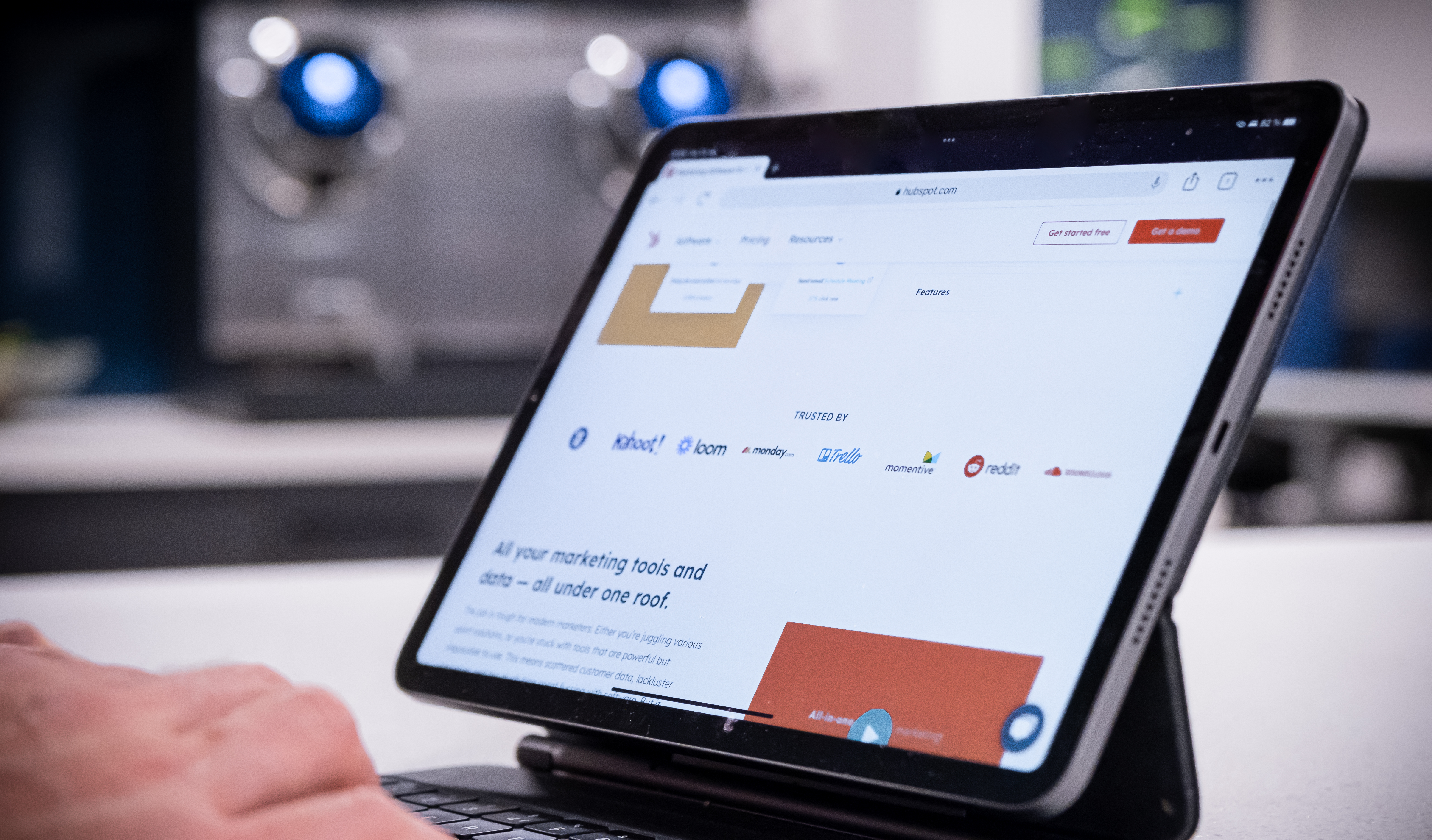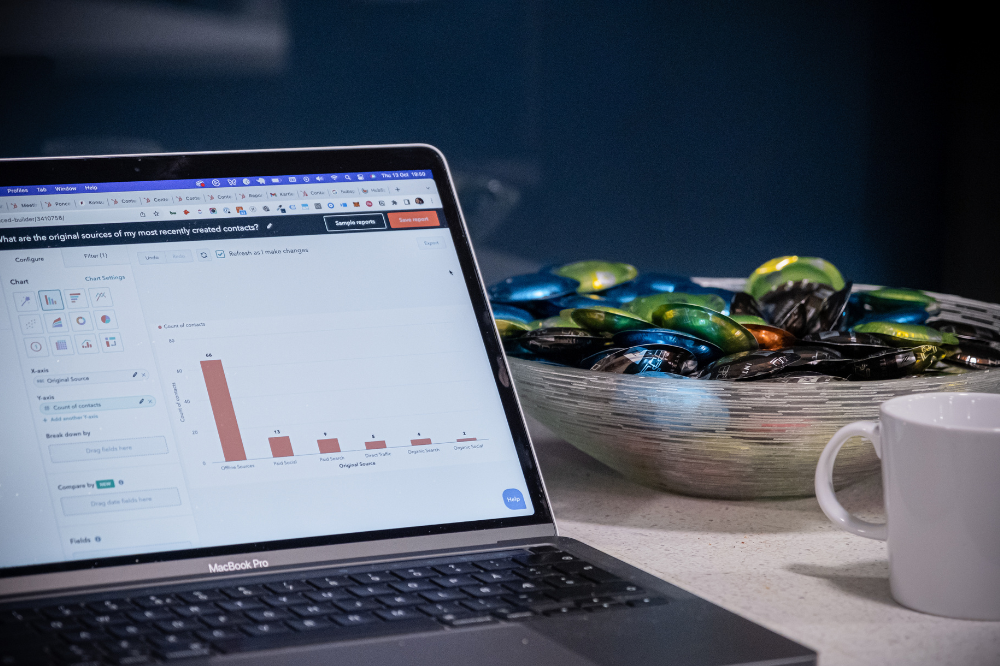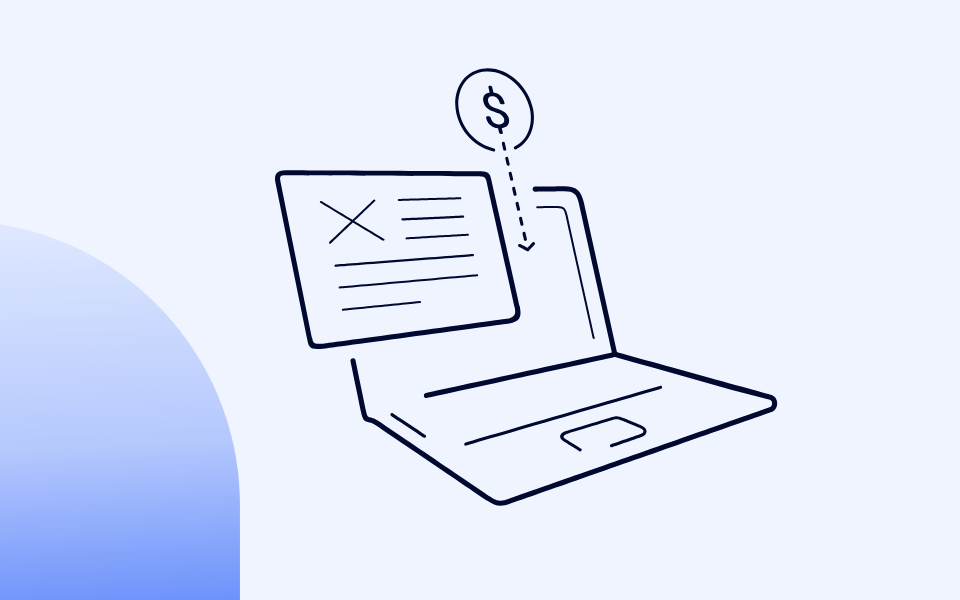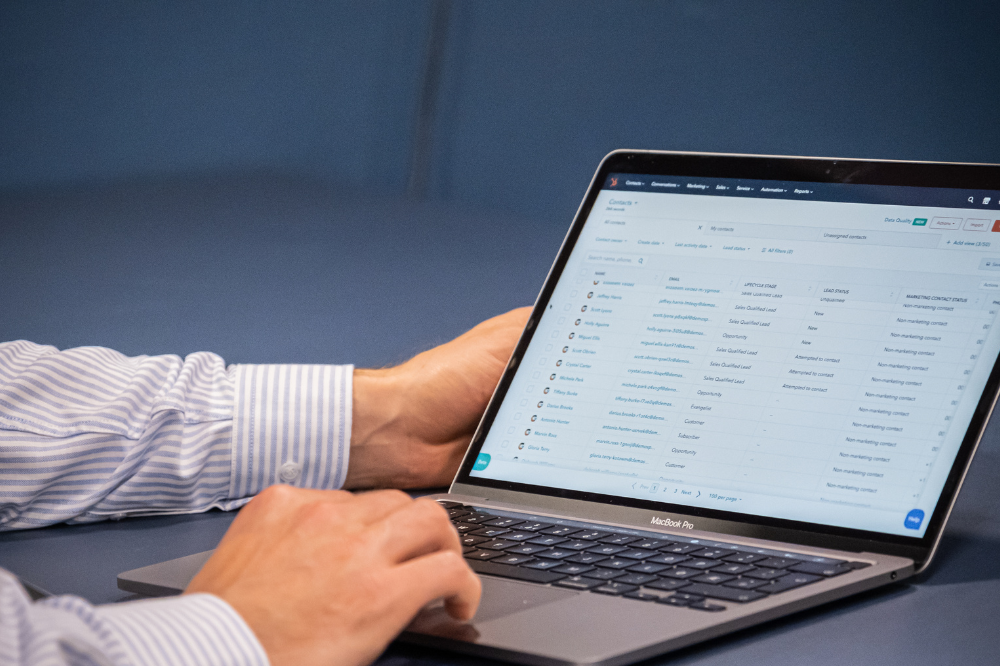How to Build a Winning Buyer-Centric B2B Growth Strategy
Buyer awareness stages: How to align with buyers in a complex B2B sale
Thorstein Nordby
|
21 minutter

Failing to understand the stages of buyer awareness causes misalignment between buyers and sellers. The result is lower win-rates, higher acquisition costs, and fewer opportunities.
Only a small percentage of your market is buying at any given time.
The question is:
How do you design a sales and marketing process that creates brand awareness and increases demand which is also aligned with how buyers want to buy?
The key is to understand buyer awareness stages. Buyer awareness stages informs you of where a potential customer is in their path to purchase.
Which stage a buyer is in helps you to find the right messaging, select which channels to use, what your offer should be, and helps you to set the right objectives and expectations for each campaign.
There are five buyer awareness stages and is a concept from Eugene Schwartz, a famous copywriter.
He described these stages in his book, Breakthrough Advertising. It was published in 1966, and contain some timeless principles. The buyer awareness stages you will learn about are:
- Unaware
- Problem aware
- Solution aware
- Product aware
- Most aware (buying intent)
Companies focus too much on the fourth and fifth stage - the product aware and the most aware/buying intent stage - with a focus on short-term activities such as lead generation.
Most companies forget about the rest. This is a big mistake if you are selling complex products with a high average contract value (ACV) and long sales cycle.
It is very rare that one ad campaign or one page will generate a lot of revenue for your business on its own. It can happen that one asset drives 10-20 demos, but it's not a strategy you should rely on.
In focusing on the fourth and fifth stage, many companies ask for too much commitment early on.
This leads to a higher risk of losing a potential buyer early on in their buying process when they only want to do research and gather as much information about you as possible.
Companies promote a ‘request a demo ad’ to a cold audience on LinkedIn, or they gate too much of their content, making it inaccessible to buyers who don't want to fill out a form.
The intent of such activities is to acquire contact information that can be passed to sales. This leads to salespeople following up with prospects who might only be 10% into their buying journey.
But it’s not buyer-centric.
Activities such as gating content and promoting your demo is company-centric and it focuses on what you, as a marketer or a salesperson, needs instead of aligning with the buyer's needs and timeline.
Let’s take a look at each awareness stage, what strategies you can deploy and some of the metrics you should measure at each stage of awareness.
1. The Unaware stage
An unaware person is someone who doesn't know that they have a problem or a need. These are people who are not seeking any information related to your product or your product category.
And you might think, “Oh, what's the point of marketing to them? Why bother?”. But then why even do outreach, advertising or social media?
If everyone was already aware of your product or company, you wouldn’t need to do a lot of these traditional sales or marketing activities. People would Google you and buy your product.
But that's not the reality when it comes to selling a complex B2B product. You need to spend a lot of time making buyers aware and educating them about the problem you solve first.
Someone in this stage can be within your ideal client profile (ICP), and the company might be the right type of company, but they're not actively looking for whatever solution you're selling.
If you have a new, innovative product that addresses a major drawback of existing solutions or products or if it challenges the status quo, a large part of your market might be in the unaware stage.
You need to invest in indirect marketing methods that addresses this pool of unaware prospects to create brand awareness about your solution.
This is not the right stage for going out in the market and apply sales pressure. Instead you need to develop content that gives an audience value upfront without requiring much commitment from them.
Strategies for the unaware stage:
- Define your ICP and list of target accounts using list building services or software such as ZoomInfo. Name the accounts you’re going after and define the buying committee.
- Run brand awareness ads to cold audiences based on your ICP. Promote ungated content such as videos, articles and features to raise awareness around your product.
- Run education-based sales outreach and send 1:1 videos for prospects within your ICP.
- Connect with your prospects from your target accounts on LinkedIn
Metrics for the unaware stage:
- Cold audience size on LinkedIn and Facebook
- Impressions and clicks on your ads
- Open rates and response rates on outreach
- Number of LinkedIn connections
- Size of your target accounts list
- Number of stakeholders in your target accounts
- Number of missing decision-makers in your target accounts
2. The problem aware stage
Now you have illuminated their problem, and they're starting to look for more information. They are more open to learning, but not yet ready to request a demo or talk to different providers.
Prospects haven't even involved other internal stakeholders in the buying committee - this person might not even be the final decision-maker. They might be a champion or an influencer.
They also might not have dealt with this problem before or they might not completely understand it. This might mean that your biggest competition is not another company, but the status quo.
Strategies for the problem aware stage:
- Create website content such as articles and guides that target informational queries or keywords ("what is...?") that help prospects better understand their problem.
- Publish subject-matter expertise content on personal and company profiles on LinkedIn.
- Promote your product pages and case studies to cold and warm audiences.
- Create ads to promote product features directly in the Facebook or LinkedIn feed.
- Host webinars, podcasts, or live events where you cover relevant topics for the buyer.
- Install IP-tracking such as Leadfeeder to identify which companies are visiting your website.
Metrics for the problem aware stage:
- The size of problem-aware audiences on Facebook and LinkedIn
- The number of clicks from an ad to your website
- The number of video views on a video ad
- The number of impressions of an ad
- Traffic from organic and direct channels
- Consumption metrics such as scroll-depth and time on page.
- Engagement metrics (views, comments, Likes) on LinkedIn
- Number of visits per target account to your website
3. The solution aware stage
Now prospects are actively looking for more information. They are starting to browse different vendors websites, review sites, or ask for recommendations in online communities.
The buyer knows that there are multiple solutions available. They want to get as educated as possible so they can make the best decision, so they invest more time and commitment in their search.
They sign up for newsletters, watch webinars, attend events, and listen to podcasts.
They would be defined as leads. They are in your ICP and they're consuming information on your website, but they're not ready to be followed up by sales just yet.
Strategies for the solution aware stage:
-
Promote product videos in your feed or promote product ads or promote features
-
Provide educational webinars about a certain topic, or do a product specific webinar
-
Promote a newsletter on your website
-
Launch retargeting campaigns to bring visitors back to your website.
-
Include micro content on LinkedIn or YouTube.
-
Develop live events, and podcasts to offer more in-depth guidance.
Metrics for the solution aware stage:
- Number of leads from your ICP
- Number of webinar or virtual event registrants
- Number of podcast downloads and listens
- Retargeting audience size
4. The product aware stage
This is one of the two stages where companies focus the most. However, it is important to understand that all the previous stages have facilitated the process of getting a person and a company to this point.
You are closer to revenue, but still quite far away from the sale.
Buyers are considering you and your competitors. You have done a good enough job educating them up to this point, and buyers have narrowed down the different solutions they are considering.
Now they want a crystal clear understanding of how the solution will look - pricing, specifications, etc. And this is usually when they start to talk to sales by going to your website and fill out a form.
They have the initial qualifying and the discovery calls and buyers will often have many conversations with many different vendors and competitors.
Strategies for the product aware stage:
- Optimizing your CTAs and landing pages for more demo conversions
- Bid on branded and product category keywords in Google
- Use qualification framework such as BANT or MEDDPICC to qualify for the opportunity.
Metrics for the product aware stage:
- Number of qualifying calls
- Number of discovery calls
- Number of demo requests
5. The most aware stage
While we tend to focus on accounts, we still buy from people. A purchase is an emotional decision and when a big initiative goes wrong, it can have a negative effect on the different stakeholders.
This stage is mainly about reassurance, making buyers feel safe by showing proof that you are able to deliver on what you promise to the buyer, and putting together the solution.
At this stage the prospect is tagged as an opportunity. You should now have a deal and and an estimated deal value associated with the account in your CRM system.
Strategies for the most aware stage:
- Combine your sales qualification framework (BANT, MEDDPICC) with a sales methodology such as a value-based sales, solution selling, or GPCT&BA/CI.
- Use a proposal software e-signature to reduce friction in the contract signing process.
- Use case studies to show how you have helped similar companies.
- Have a content hub that includes reference sheets, product one-pagers, application notes, technical specifications that can be sent to the prospect.
Metrics for the most aware stage:
- SQL to Opportunity conversion rates
- Win rates
- Marketing-sourced pipeline
- Sales cycle length
6. The customer stage
Many companies grow not because they are able to acquire more customers, but because they're able to expand on their existing customer base by up-selling them other products.
A new customer will often not buy all of your offerings. This is why you should consider a ‘land and expand’ approach to expand the revenue from existing customers.
Many of the tactics for keeping a customer are the same as acquiring a new one. For example, you can use account-based marketing to target existing high-value customers and up-sell them new products.
Strategies for the customer stage:
- Create your own blog and newsletter for your customers to keep them updated on new features, your product roadmaps and other relevant information.
- Set up a knowledge base that contains step-by-step instructions and frequently asked questions that are easily available through your website and organic search.
- Have a live chat managed by a real person that can answer customers questions.
- Set up a system to manage support tickets from customers.
- Use NPS software to segment your happy and less happy customers. Ask happy customers for reviews, and identify what customers need better support from you.
Metrics for the customer stage:
- Revenue expansion and revenue per company
- NPS score or CSAT scores
- The number of referenceable customers
- The number of referral-based leads
In the five (six) stages of buyer awareness, it will generally be cheaper to reach people who are in the earlier stages, but there is usually a lower chance of converting them into a meeting or demo.
As prospects become more aware and are ready to buy, costs will generally rise. The likelihood that someone will convert on a demo, request pricing or buy your product increases as well.
However, investing in the early buyer awareness stages can give you a competitive edge, and B2B companies that build strong brands can win before someone starts Googling for different vendors.
By start the relationship the right way by aligning your sales and marketing process with each buyer awareness stage, you will be top of mind when the buyer has a need for what you offer.
Aim to build a following today so that buyers remember you later.
Aim to build a following today so that buyers remember you later.


